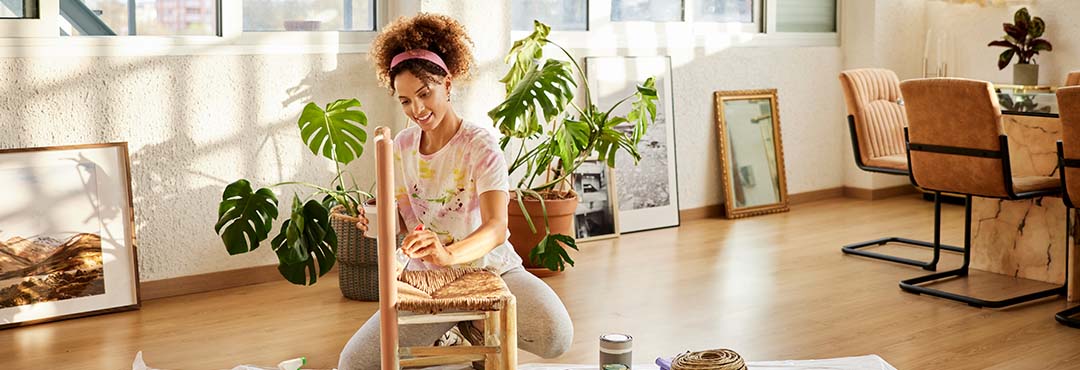Many of us are looking for ways to embrace a more sustainable lifestyle and reduce our impact on the environment. It’s clear that many of us are looking at ways we can integrate more sustainability into our everyday lives. Not only can a more sustainable home contribute to a greener environment and more money saved on your bills, but it can also demonstrate the time and effort you’ve invested into creating an elevated and kinder space to live in.
Making our homes more sustainable is a great place to start. Research shows in addition to helping the environment, sustainability can also increase the value of your property. While it can feel daunting. there’s a range of things you can implement – from simple changes to more significant upgrades – that will help to reduce your environmental impact.
